Millennials Are Hungry For Change
The food industry is undergoing a sustainability shakeup
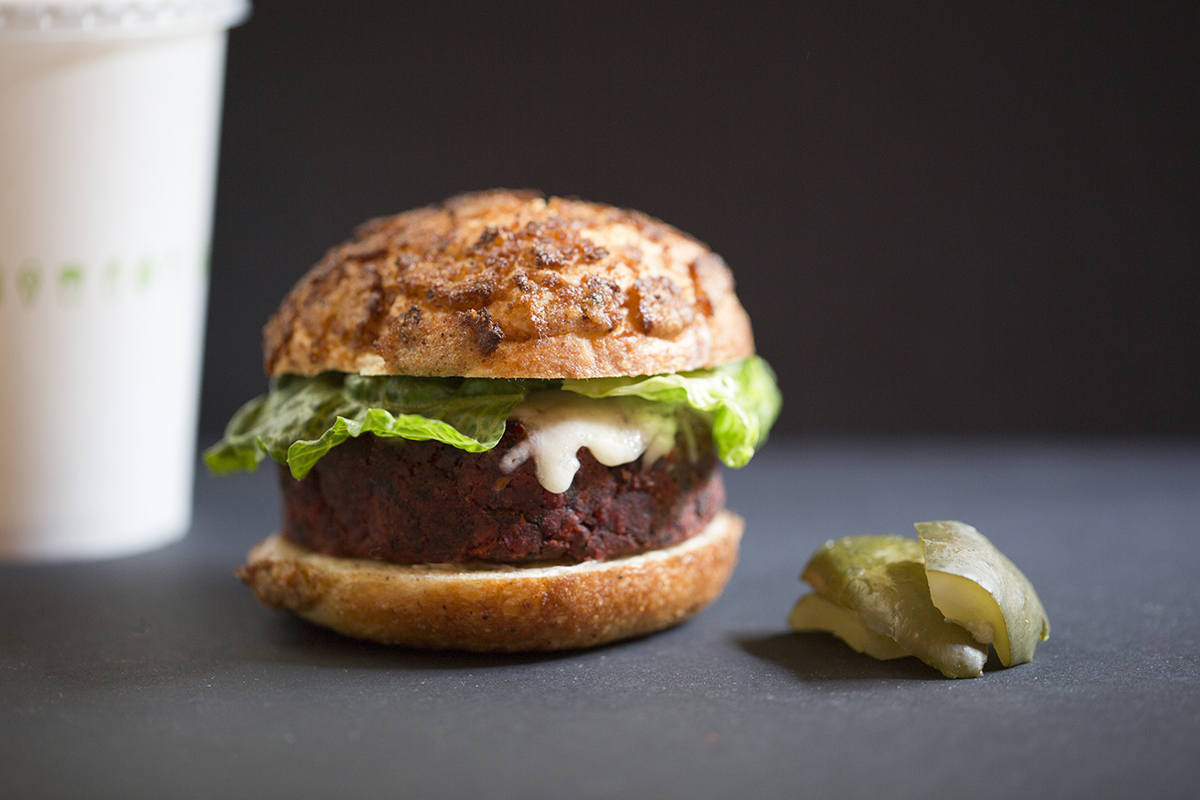
The Slow Food movement began in earnest in Italy in 1986 – the aim was to make a stand against fast food, industrial food production and globalisation. It’s founder Carlo Petrini – named by the Guardian in 2008 as one of 50 people who could save the planet – was tipped over the edge by McDonald’s plans to open a restaurant near the Spanish Steps in Rome. His hope? To defend regional traditions, good food, gastronomic pleasures and a slow pace of life.
Since then, organic produce has cemented its place on supermarket shelves, farmer’s markets have popped up in every half-gentrified neighbourhood, and any restaurant worth its salt sources its ingredients from within a mile or two. The principles of Slow have established themselves in mainstream food culture.
Yet it still feels like the industry is plagued with controversy and uncertainty. Food waste remains a huge problem, while increasingly the resources with which to make food are becoming ever more precious and scarce.
Everything from design of food to the way it's transported is under scrutiny. Sixty-seven percent of those we surveyed strongly supported a ban on unnecessary supermarket packaging, while 89% of participants want locally sourced food over imported produce.
Slow Food has evolved in response. “I see it as a force for changing our current food system to one that is healthier for people and for the planet,” says Marion Nestle, the Paulette Goddard Professor of Nutrition, Food Studies, and Public Health at New York University, and author of Soda Politics: Taking on Big Soda (and Winning).
“Food companies used to be able to dismiss demands for healthier and more sustainable food as privileged, elitist, and non-representative, but the movement has now grown to the point where it is mainstream.”
Wake and Shake
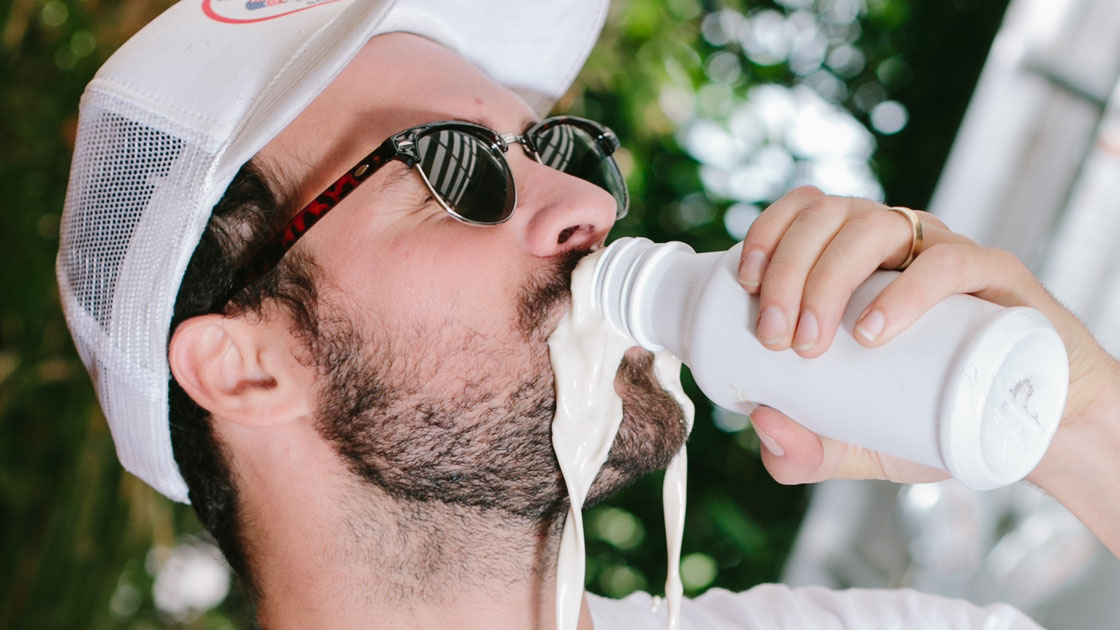
One futuristic Slow Food solution that seems to be gaining momentum is Rob Rhinehart’s liquid meal replacement. Soylent started life (thanks to being the most funded food- related crowd-funding project ever, raising over $3 million) as a daily powdered meal that meets all the nutritional requirements for an average adult.
Having received a further $20 million in Series A round funding, Rhinehart is about to unveil Soylent 2.0, which he eventually aims to produce entirely out of a super organism derived from a strain of algae that only requires air, sun and water. The reasoning? Rhinehart envisions a world where there won’t be a need for farms or factories, and therefore resource wars or a food crisis.

French chemistry professor Hervé This, regarded as the founding father of molecular gastronomy, also wants us to abandon heritage celeriac and the like, in favour of its constituent parts – glucose, sucrose, cellulose, amino acids and more. He champions ‘note-by-note cooking’, which involves designing food from pure chemical compounds – Heston Blumenthal eat your heart out.
“We read cookery books, we watch food programmes, we have more leisure time than ever, yet we feel time and cash poor,” says Shane Holland, Executive Chairman at Slow Food UK. Projects like those proposed by This and Rhinehart might seem radical, but they provide a sustainable and scalable product which addresses key issues like mass production and distribution.
Meat Isn't Murder
In vitro (victimless) meat has also become a more realistic everyday foodstuff. One startup in particular, Beyond Meat, has created a meat alternative good enough to tempt devout carnivores. It aligns soy and pea proteins to mimic meaty texture, without antibiotics, hormones, or transfats.
Its ‘chicken’ strips and taco ‘beef ‘ crumble hit the market last year. And PETA named Beyond Meat its company of the year, while investors such as Bill Gates, Kleiner Perkins, and the Humane Society have signed on.
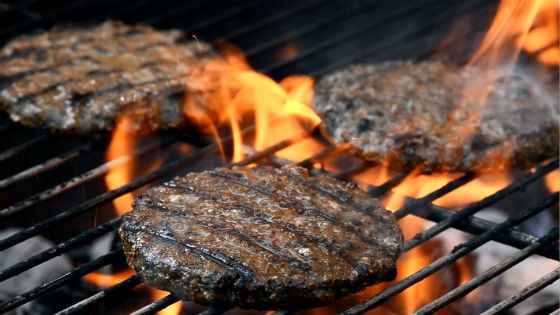
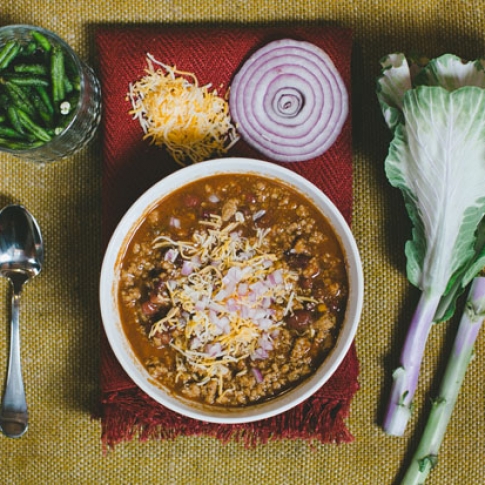
Cultured meat could have financial, health, animal welfare and environmental advantages over traditional meat. Starting cells are taken painlessly from live animals. Then they’re put into a culture where they start to proliferate and grow independently from the animal. Theoretically, this process would be efficient enough to supply the global demand for meat.
However, in vitro meat already has stiff competition from elsewhere, other than your local butcher. 3D printed food, as absurd as it sounds, is already in the pipeline. New York- based startup Modern Meadow is leading the 3D printing charge, having just received investment from Justin Rockefeller, great- great-grandson of Stand Oil founder John D. Rockefeller.
“For millennia many of the world’s favourite products have been ‘cultured’,” say the founders of Modern Meadow, citing beer, wine, yogurt, cheese, and bread. “We use these same principles to nurture and feed animal cells, creating high-quality products without the animal sacrifice and environmental harms of factory farming.”

These more futuristic solutions might not be for everyone, but vegetarian initiatives like #MeatFreeMonday are increasingly gaining traction, with everyone from Jamie Oliver to Tesco promoting vegetarian recipes to consumers hungry for an alternative at the start of each week.
“I’m vegetarian three days a week, vegan one,” says Holland. “The world can feed itself, but we can’t eat endless meat every day. Instead we should all eat great meat, produced by small farmers in lower quantities. Do that and we have a sustainable system for the world.”
Waste Not, Want Not
Worldwide about one-third of all food produced – equivalent to 1.3 billion tonnes – gets lost or wasted in the food production and consumption systems, according to data released by the Food and Agriculture Organization of the United Nations. Wasting food means wasting money both at the household level and in businesses throughout the supply chain – around US$1 trillion worldwide.
The UK hospitality sector alone could save £724 million per year by tackling food waste, and the value of waste in the manufacture and retail of food and drink in the UK is £5 billion.
“We need to change our way of eating to support every part of the landscape – we need to cook with the whole farm,” says Dan Barber, co-owner of iconic NYC farm-to-table restaurant Blue Hill. “Vegetable pulp, skate cartilage, off-grade produce – we need to find a place for these things in our cooking because they are part of what our landscape provides. It doesn’t make sense – ecologically, economically, or gastronomically – to throw them away.”
We need to change our way of eating to support every part of the landscape – we need to cook with the whole farm Dan Barber, co-owner of NYC farm-to-table restaurant Blue Hill
Earlier this year Blue Hill launched wastED, a pop-up restaurant devoted to the theme of food waste and re-use. The idea is not only to create a menu around the waste that accumulates every day in home and restaurant kitchens, but also to reimagine waste that occurs at every link in the food chain – in the field, during processing and in the market place.
“Some of the greatest peasant dishes, and even cuisines, are based on utilising what is not immediately coveted,” explains Barber. “Take bouillabaisse from France, a stew that was conceived around the fish that couldn’t be sold at the docks; or Prosciutto di Parma from Italy, which gets its delicious nutty flavour because the pigs are fed leftover whey from the Parmesan cheese-making process in the region.” While pockmarked potatoes, immature egg yolks and fish skin don’t sound that appetising, sometimes it pays to place faith in a more refined palate.
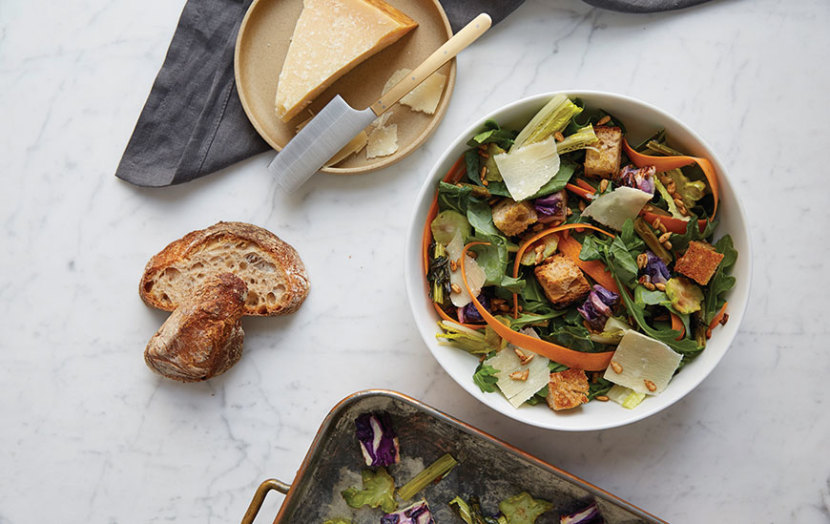
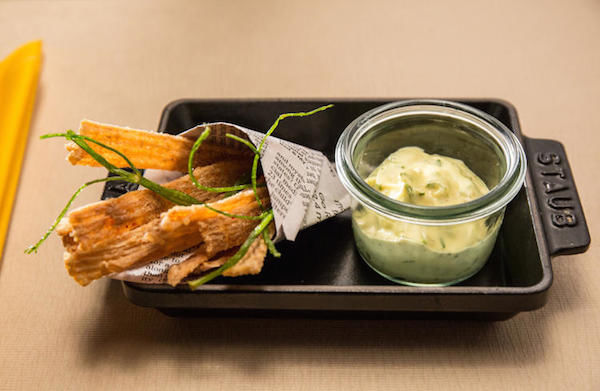
Home Grown
Transport is a huge part of the problem when it comes to developing sustainable food, and our survey showed that 89% of people would rather buy local than imported produce.
So who better to speak to then Something & Son, who have been at the forefront of urban farming since they opened Farm:shop – the world’s first farm in a shop – in Dalston.
“I think its really interesting that people are interested in the process by which food comes about,” says Paul Smyth, one half of London-based practice Something & Son, who also run urban farm and consultancy Farm:shop. “Making food more honest and more transparent should lead to better quality. I’m excited by the idea that looking at something with your own eyes replaces labelling as a form of trust. Seeing how it’s produced or even helping to produce it yourself is a really powerful way of changing the role of the consumer.”
Though relatively modest in scale, Farm:shop is home to London’s first and largest aquaponics system, an indoor hydroponic food lab, micro-mushroom farm and chicken coop. This is the first step towards realising their plan to build a 3,000 square metre farm on a London rooftop. The farm aims to grow over 200 tonnes of vegetables, fish and mushrooms per year with no food miles and zero waste.
Other producers are taking the initiative too, with innovative growing techniques: Green Sense Farms are able to produce vast amounts of food in limited space without sunlight, due to their use of towers of soilless planters and precise control over temperature, humidity and CO2 levels.
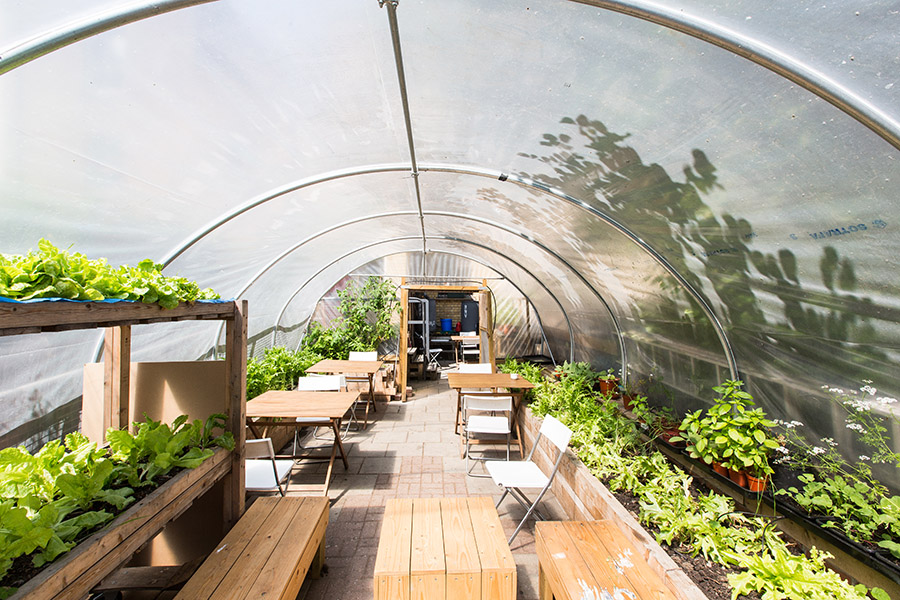
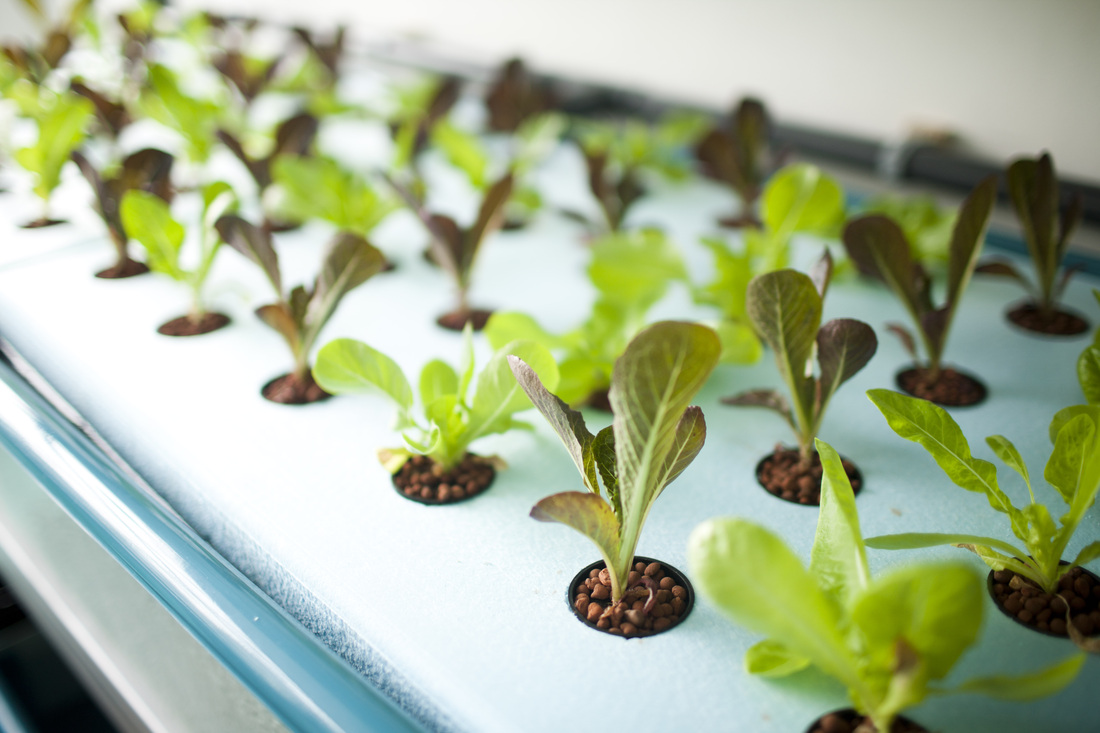
Proof In The Pudding
It’s telling that The World’s 50 Best Restaurants award now runs alongside The World’s Most Sustainable Restaurant award.
This year the three-Michelin-star Basque restaurant Azurmendi won the title, thanks to a roof that’s half greenhouse, half vegetable garden and has solar panels providing the restaurant’s electricity, as well as its commitment to nourishing local produce. Farm:shop has also been widely praised for its contribution to the urban farming movement: The New York Times named Farm:shop in the 2012 Design Honors List.
Meanwhile, fast-food giant McDonald’s saw its global earnings fall by 30%, while Coca-Cola’s fell 14% in 2014. And restaurant chain Chipotle Mexican Grill, which advertises ‘hormone-free meat’ and ‘locally-raised organic vegetables’ has risen as a key competitor.
Today, as always, people care about the taste of food. But, unlike before, they want to know the place they’re eating it in, the process by which it’s made, and the people behind it match their ethics and their lifestyle. Once Slow Food was a side dish, now it’s the order of the day.


